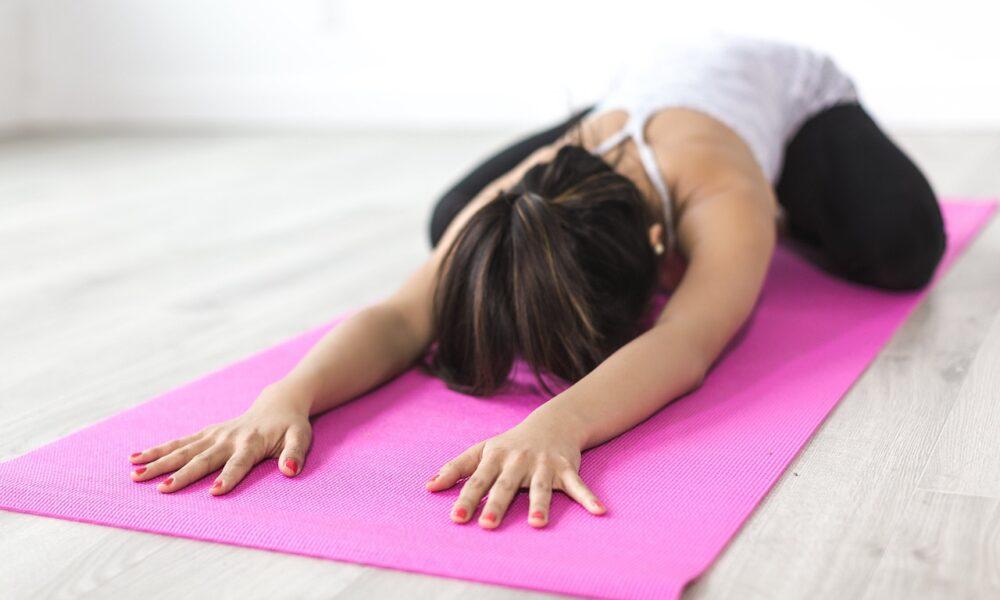

Stretching is often overlooked by many bodybuilders and athletes. However, stretching before and after an exercise can be as crucial as the intense workout you are performing.
Whether you’re a seasoned gym-goer or just starting, incorporating stretching into your fitness regimen can make all the difference in achieving your goals and maintaining your physical well-being. Not only does it improve flexibility and prevent injury, but it also promotes overall health and fitness.
This article explains the importance of stretching for bodybuilders before working out and how it can positively impact your training routine. It also gives examples of stretches you can do before and after working out.
What is Stretching?
Stretching is a physical activity that involves extending and lengthening the muscles in your body to improve flexibility and range of motion. It is often performed before and after exercise to warm up the muscles, prevent injury, and aid recovery.
There are several types of stretching techniques, including static stretching, dynamic stretching, ballistic stretching, and PNF stretching, each with its unique benefits and methods of execution. The stretch you choose will depend on your fitness goals and physical condition.
You can stretch independently or with equipment such as straps or foam rollers.
Why It’s Important to Stretch?
Stretching is essential to physical fitness and can benefit individuals of all ages and fitness levels. Whether you’re an experienced bodybuilder or a newbie just starting with exercise, here are eight reasons stretching is essential in general and before a workout.
1. Improves Flexibility and Range of Motion
As you age or if you live a sedentary lifestyle, your muscles become shorter, tighter, and inflexible. As a result, you become more prone to injuries and poor posture.
Stretching improves flexibility and range of motion by elongating muscles and other soft tissues in the body. Thus, reducing the risk of injury, improving posture, and enhancing athletic performance. These benefits are essential for bodybuilders who need to perform exercises that require a wide range of motion, such as squats and deadlifts.
Not only is it useful in workouts, but stretching regularly can also improve your ability to perform everyday tasks, such as reaching for items on a high shelf or bending down to tie your shoes, improving your overall life.
2. Reduces the Risk of Injury
Your muscles may be tight and inflexible due to prolonged sitting. When you attempt an exercise without stretching, this abrupt demand on the muscles might cause an injury.
Stretching before exercise can help reduce the risk of injury by preparing the muscles for physical activity and improving flexibility.
For example, when you stretch your hamstring muscles, you loosen up and increase blood flow to the muscle and joints, preventing injury during an exercise before a real workout.
3. Enhances Athletic Performance
Stretching can enhance athletic performance by improving flexibility, range of motion, and reduced soreness. Improved flexibility helps you perform better by reducing the risk of injury when you are engaged in activities that require you to be flexible. Improved flexibility also enhances agility and coordination.
Additionally, stretching increases the strength in your muscles, especially in the lower body, which will help you push harder during your workouts, improving your athletic performance.
In addition, stretching after exercise can reduce soreness after a workout and speed up muscle repair after an injury or injury-related incident.
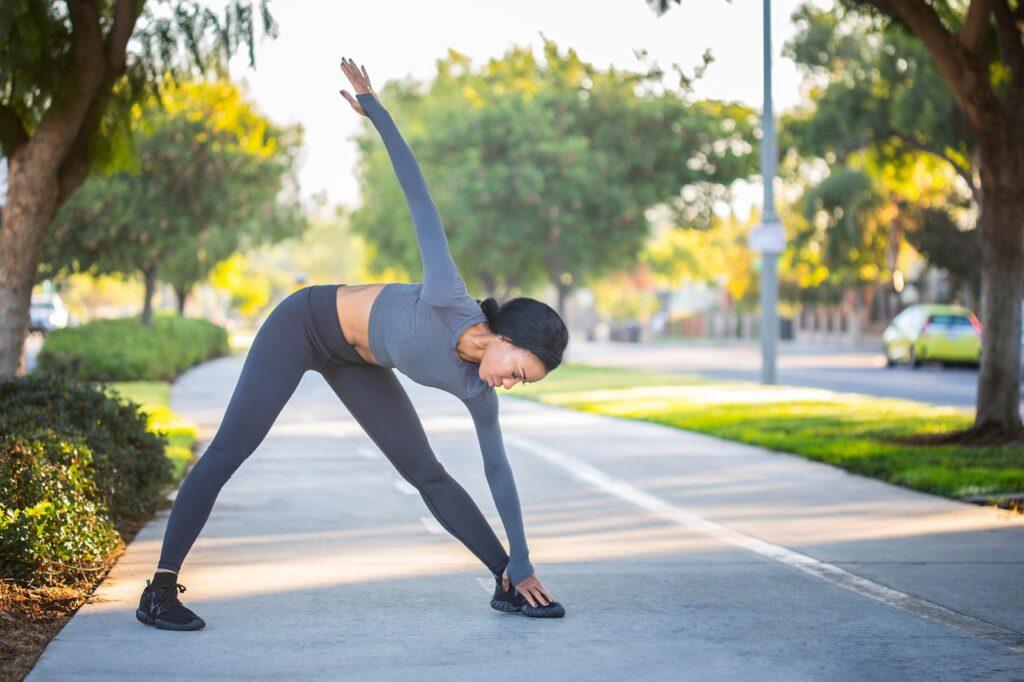
4. Reduces Muscle Soreness and Fatigue
Stretching can reduce muscle soreness and fatigue by improving blood flow circulation. Increased blood circulation helps remove waste products and toxins from muscles that build up during exercise, which can contribute to muscle soreness and fatigue.
5. Improves Posture and Balance
Poor posture or muscle imbalance is common among individuals, especially older people. Stretching improve your posture and balance by elongating the stiffer muscles and tendons, which causes your body to be more stable and less prone to injury. Better posture can lead to less physical discomfort.
Stretching also improves balance by increasing the flexibility in the muscles around joints that are already naturally flexible, such as hips and shoulders. Additionally, stretching can help improve balance by strengthening the muscles in the legs and core, which can help prevent falls and other types of accidents.
6. Reduces Stress and Tension
When you are stressed, there is a high chance of your muscles being tense. This is because your muscles must tighten to respond to psychological and physical stress.
Stretching on areas where stress tends to be, such as the neck, upper back, or shoulder, reduces stress and tension by promoting relaxation and improving blood flow.
By promoting relaxation and increased blood flow, stretching reduces muscle recovery period, anxiety, and stress, contributing to overall well-being.
7. Improves Circulation
Stretching improves circulation by increasing blood flow to the body’s muscles. The increased circulation promotes oxygen and nutrient delivery to muscles, improving overall health and performance during the workout. It also eliminates toxins or by-products, such as lactic acid from the tissue.
Additionally, stretching can lower blood pressure and reduce the risk of developing circulatory problems, such as deep vein thrombosis.
8. Enhances Mental Focus and Concentration
When you stretch, your muscles and joints receive increased blood flow, increasing oxygen and nutrient delivery to the brain. This increased blood flow and oxygenation can improve cognitive function and enhance mental clarity.
Stretching can also help you develop a greater mind-body connection. By paying attention to your body and focusing on your breathing during stretching exercises, you can become more aware of your body’s sensations and better control your thoughts and emotions.
Furthermore, stretching can enhance mental focus and concentration by promoting relaxation and reducing feelings of stress and anxiety, contributing to overall well-being and mental clarity.
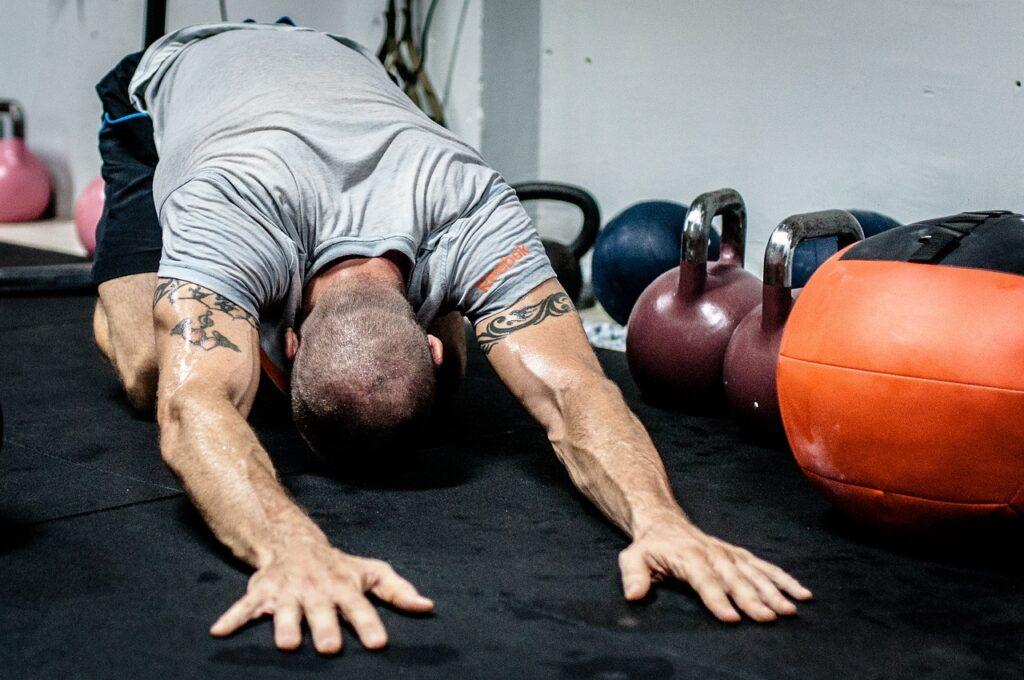
Types of Stretches and Examples
The two main types of stretching are static and dynamic.
Static Stretching
Static stretching involves holding a stretch in a fixed position for a while, typically between 10-60 seconds. This type of stretching is best done after a workout when the muscles are warm and pliable to reduce muscle soreness and improve flexibility. Examples of static stretches to do before a workout include:
Calf Stretch
Stand facing a wall with one foot in front of the other. Place your hands on the wall and lean forward, keeping your back leg straight and your front knee bent. Hold the stretch for 15-30 seconds, then repeat on the other side. Calf stretch helps improve flexibility in the calves.
Cow Stretch
Begin on your hands and knees with your wrists directly under your shoulders and your knees under your hips. As you inhale, drop your belly towards the ground, lift your chin and chest, and gaze up towards the ceiling. Hold for 20-30 seconds. This stretch helps improve flexibility in your spine.
Cat Stretch
From the same starting position as the cow stretch, as you exhale, round your spine and tuck your chin towards your chest, imagining you’re bringing your belly button up towards your spine. Hold for 20-30 seconds. This stretch helps improve flexibility in your spine and stretch your back muscles.
Cobra Stretch
Lie on your stomach with your hands flat on the ground next to your shoulders. As you inhale, press into your hands to lift your chest and shoulders off the ground. Keep your elbows close to your body and your shoulders down away from your ears. Hold for 20-30 seconds. This stretch helps improve flexibility in your chest, shoulders, and spine.
Side Bend Stretch
Stand with your feet hip-width apart and your arms raised overhead. As you exhale, lean your torso to one side, reaching your arm towards the ground and your other arm towards the ceiling. Hold for 20-30 seconds. Repeat on the other side. This stretch helps improve flexibility in your side body.
Quadriceps Stretch
Stand upright and hold your ankle. Pull your heel towards your buttocks and hold for 30 seconds.
Shoulder Stretch
Stand upright with your feet shoulder-width apart. Reach one arm across your chest, and hold for 15-30 seconds before switching arms.
Butterfly Stretch
Sit on the ground with the soles of your feet touching. Gently press your knees toward the ground until you feel a stretch in your groin. Hold for 15-30 seconds.
Hamstring Stretch
Sit on the floor with your legs straight in front of you without bending your knees and back straight. Lean forward to reach your toes and hold the stretch for 15-30 seconds.
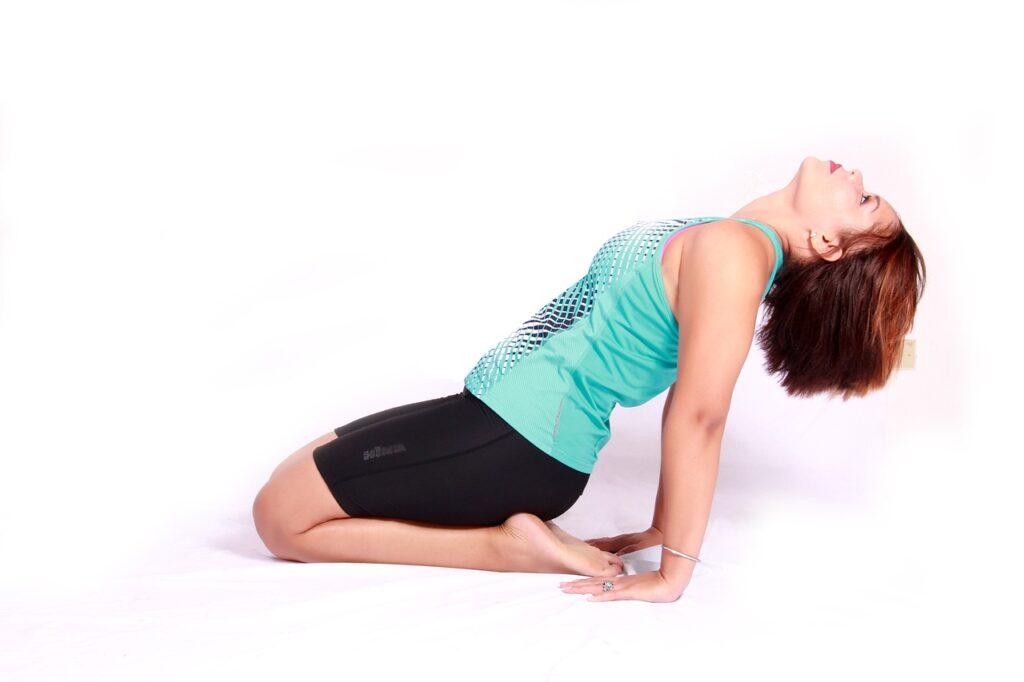
Dynamic Stretching
Dynamic stretching involves moving through a range of motion in a controlled and deliberate manner. It is best done before a workout to warm up the muscles and prepare the body for physical activity.
Dynamic stretching improves flexibility, increases range of motion, reduces muscle stiffness, increases blood flow to the muscles, and enhances athletic performance.
Examples of dynamic stretches do include:
Leg Swings Stretch.
Stand upright with your hips aligned and swing one leg forward and backward smoothly, keeping the leg straight. Repeat 10-15 times before switching legs. If balancing is difficult, you can use a pole or a fence to maintain balance.
Walking Lunges Stretch
Take a step forward with one leg, lower your body until the knee of your back leg almost touches the ground, and repeat 10-15 times before switching legs.
Arm Circles Stretch
Stand with your feet shoulder-width apart and raise your arms straight to the sides. Slowly rotate your arms in small circles, gradually making them bigger until you make complete circles. Reverse the direction of the circles. This stretch helps warm up your shoulders and upper back.
Butt Kicks Stretch
Stand straight with your feet– hip-width apart. Move the heel of one foot towards the glutes and kick them towards your glutes, alternating legs. Swing your arms in sync with your legs. This stretch helps warm up your hamstrings and quads.
Lunges Stretch
Step forward with one foot and lower your hips until both knees are bent at a 90-degree angle. Keep your front knee directly above your ankle and your back knee hovering just above the ground. Push back up and repeat on the other side. This stretch helps warm up your quads and hip flexors.
Torso Twists Stretch
Stand with your feet shoulder-width apart and your arms out to the sides bent at 90 degrees. Twist your torso to one side, keeping your hips and legs facing forward. Twist back to the center and repeat on the other side. This stretch helps warm up your back and oblique muscles.
High Knees Stretch
Stand straight with your hip-width apart, lift one knee towards your chest, then alternate legs rapidly. Swing your arms in sync with your legs. This stretch helps warm up your hip flexors and quads.
Conclusion
Stretching is an essential component of physical fitness that can benefit individuals of all ages and fitness levels. Incorporating dynamic and static stretches can help prepare the body for physical activity.
You should do static stretching after a workout to help improve flexibility and range of motion, while dynamic stretching should be done before an exercise to help prepare the body for physical activity and prevent injury.
By improving flexibility, reducing the risk of injury, enhancing athletic performance, and promoting relaxation, stretching will help you achieve your fitness goals and maintain overall health and well-being.







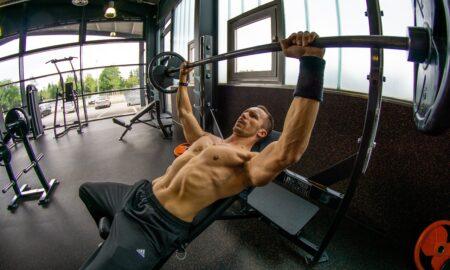







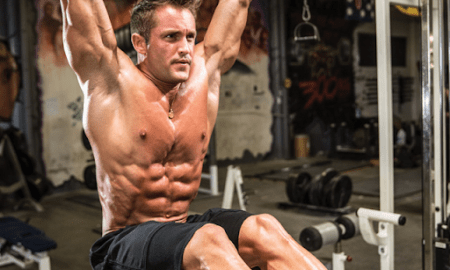



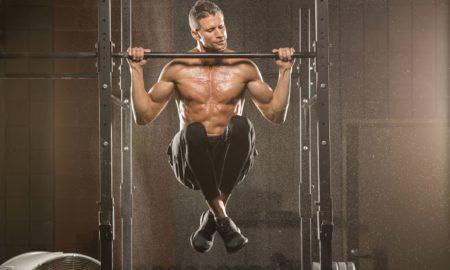


You must be logged in to post a comment Login